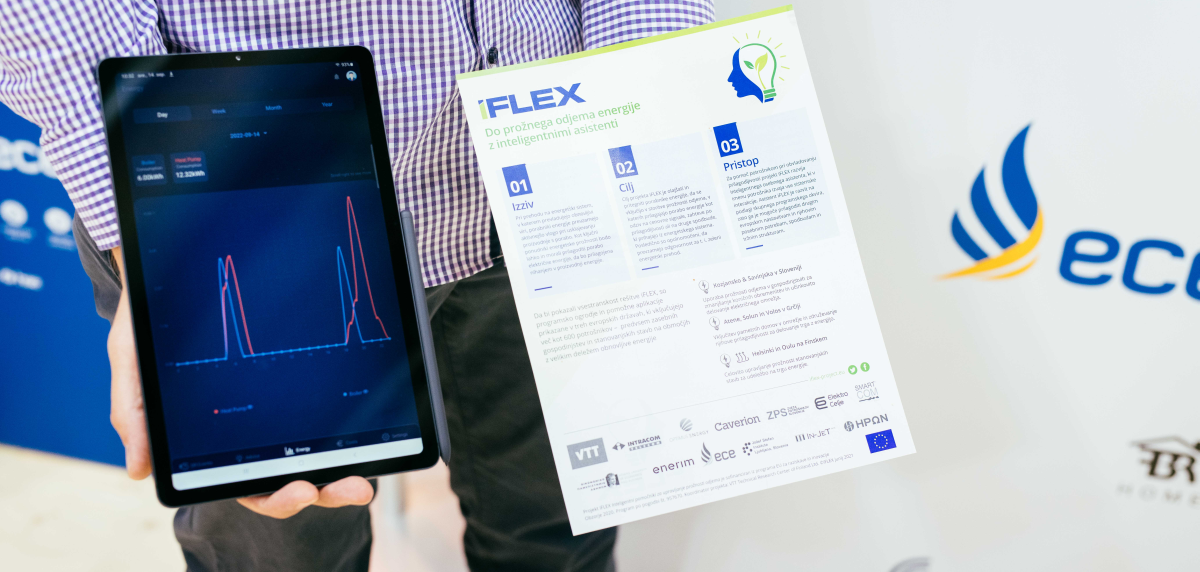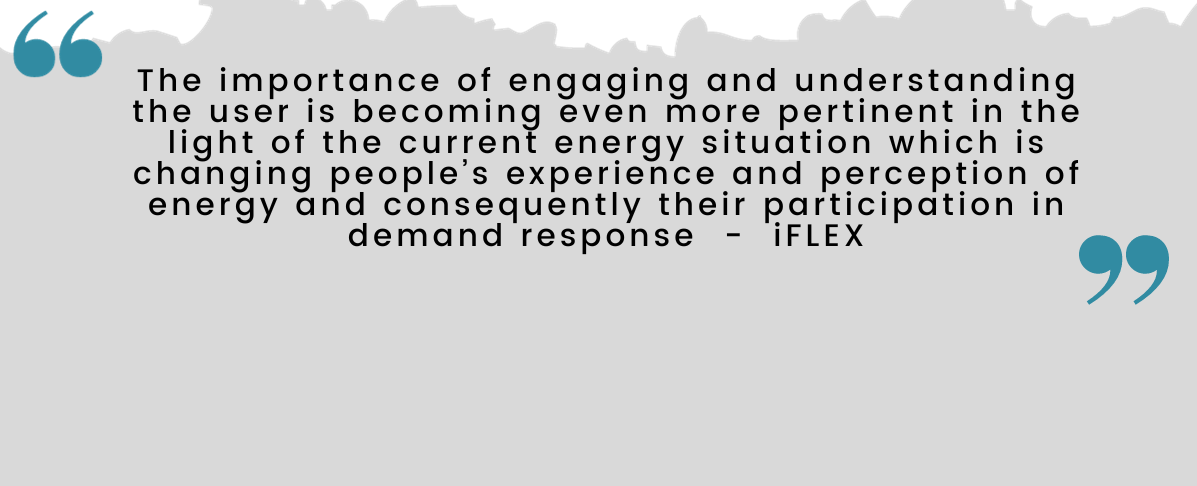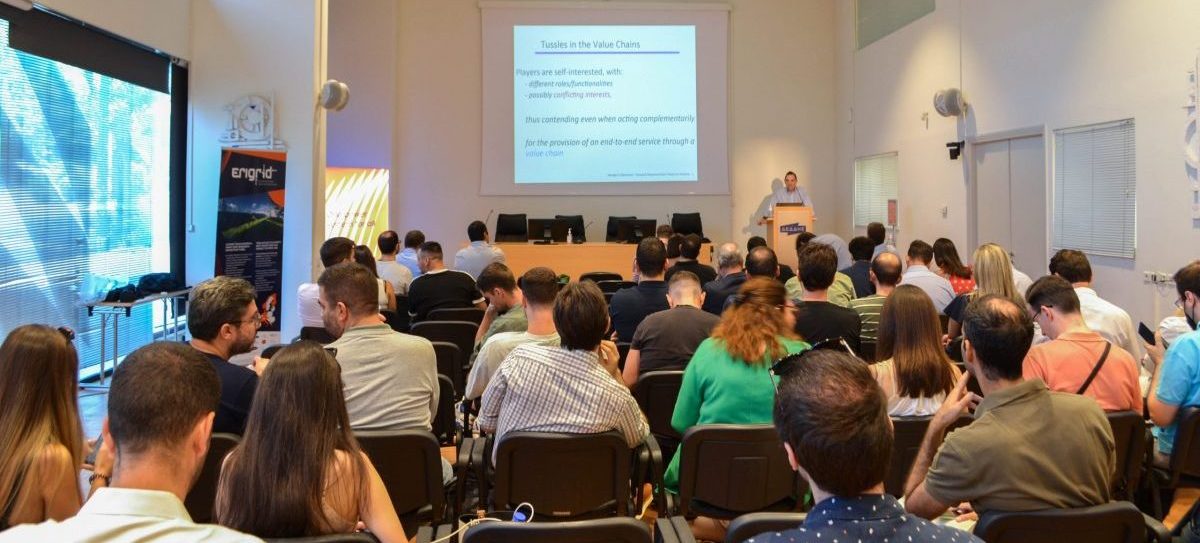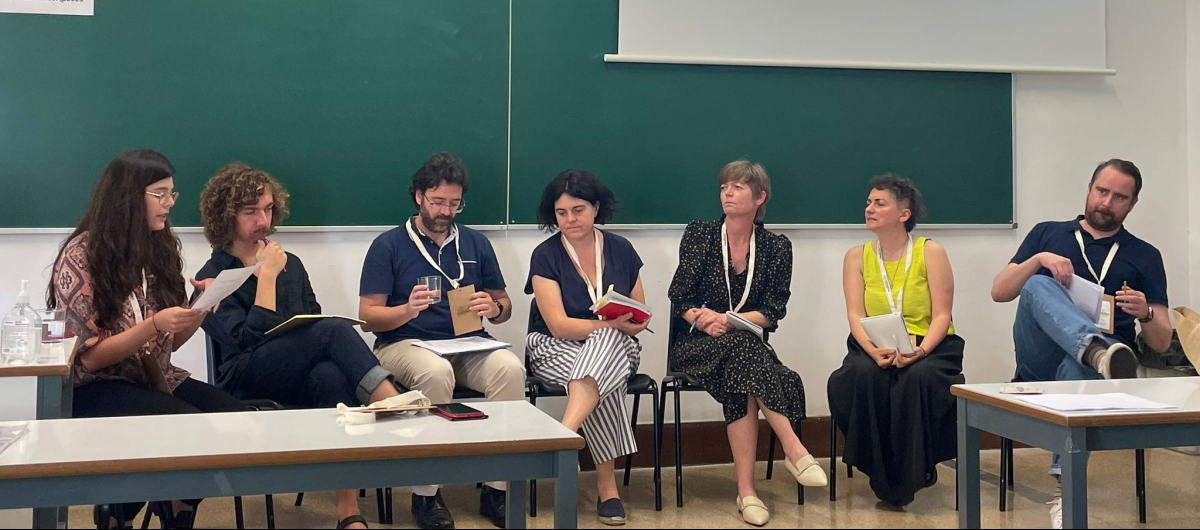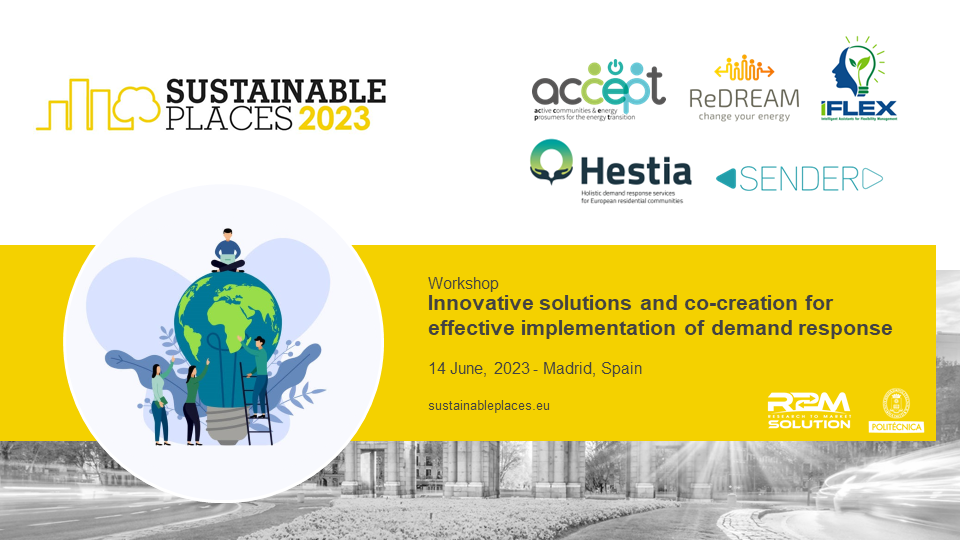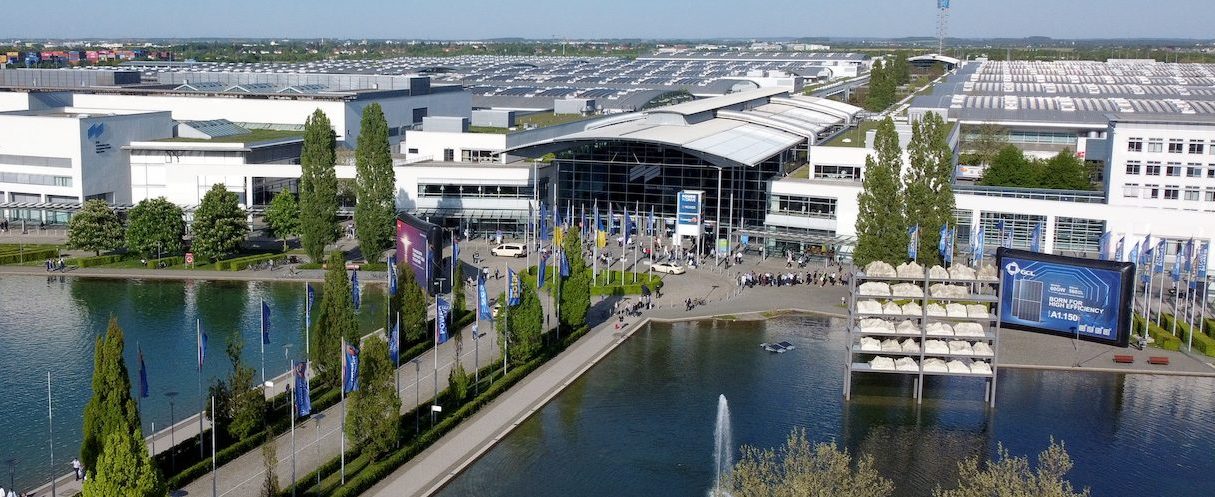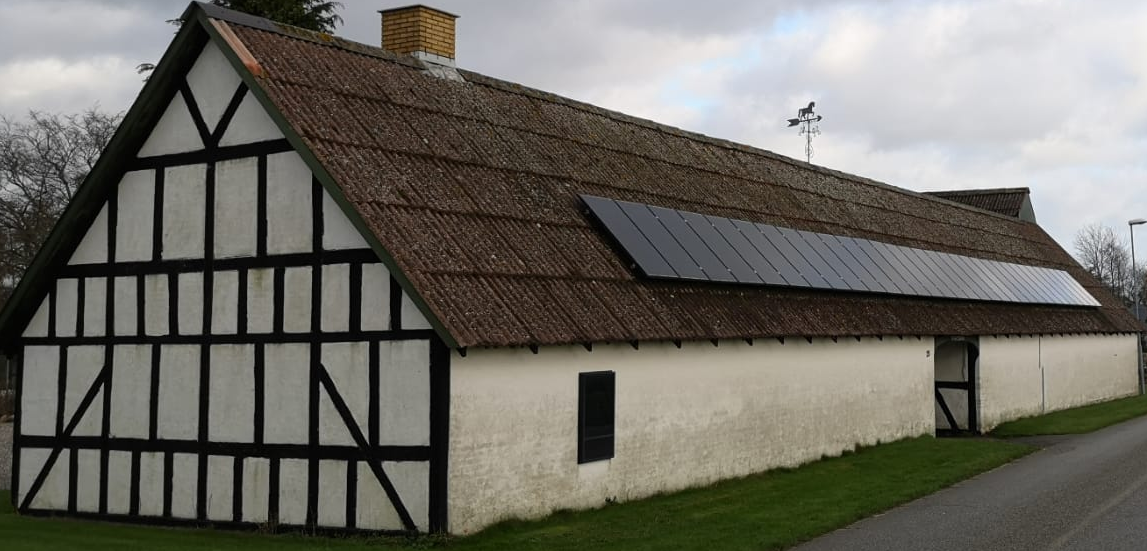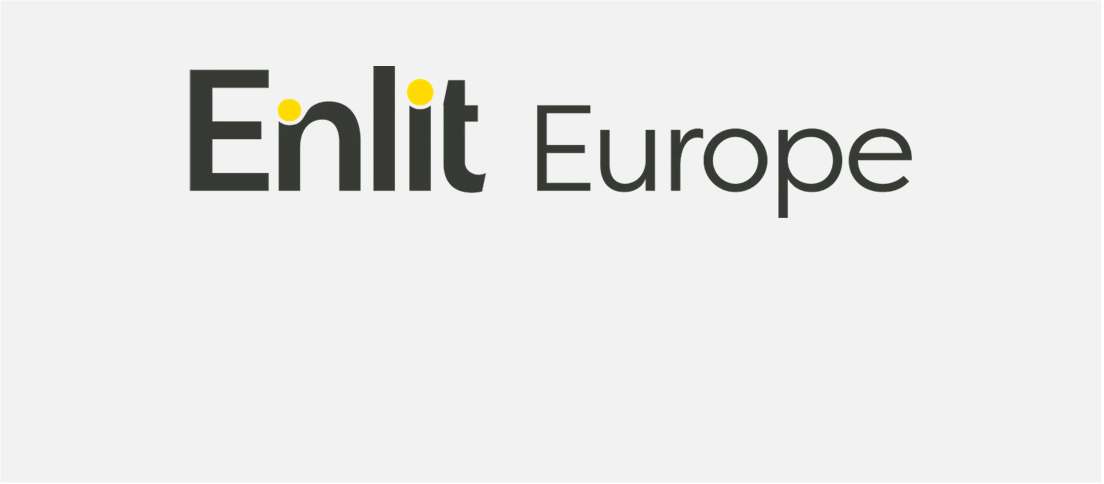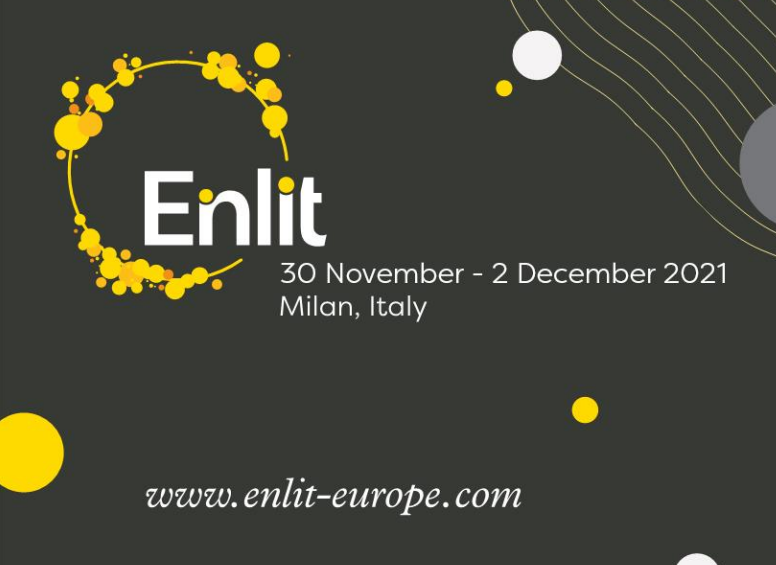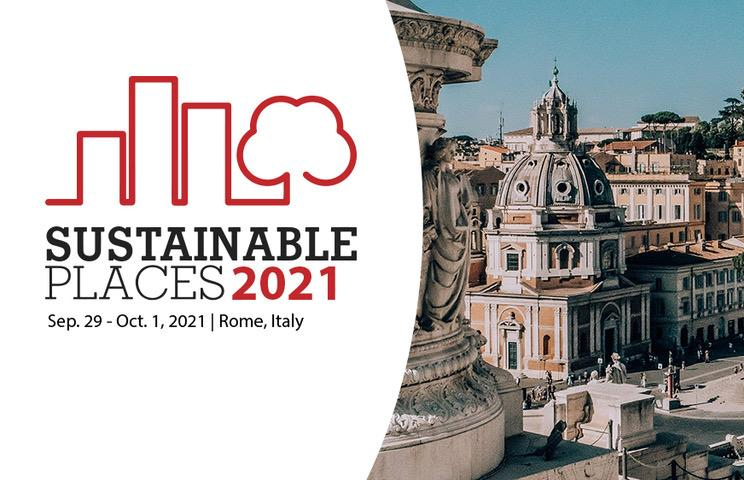The Finnish pilot investigates how apartment buildings can contribute to both power grid and district heating system balance by offering the thermal capacity of the building as a flexibility resource. The role of the iFLEX Assistant is to learn the behaviour of the building in order to forecast available flexibility and to automate the demand-response operations.
To offer flexibility in the energy markets and the reserve markets of the Transmission System OperatorTransmission System Operator A nationally regulated party responsible for a stable transmission of electricity through the high-voltage electricity grid in a given area (operation, maintenance and development of the system). (TSO), consumers and prosumers need an AggregatorAggregator Market participant acting between providers and users of flexibility. The Aggregator bundles flexibility resources (consumption, generation, storage) into a flexibility volume and offers the capability to activate it.. The Aggregator bundles flexibility resources into a portfolio of services and offers the capability to activate these flexibility services towards the market actors. The Finnish pilot investigates how an apartment building can be connected to an Aggregator platform in order to offer flexibility e.g., to the balancing markets operated by the Finnish TSO, Fingrid.
Type of consumer engagement:
Automated Demand ResponseDemand Response Intentional change of normal consumption patterns by energy consumers in response to external price signals (implicit DR) or incentives to reduce or increase consumption (explicit DR). Both operations can be automated.
Location: Apartment building in Helsinki
Actors involved: Building Manager, Apartment Residents, Aggregator, Transmission System Operator
Control the heat supply of the building
The flexibility resource explored in the Finnish pilot is the thermal capacity of an apartment building. Thermal energy is supplied with district heating and an exhaust air heat pump which makes it possible to optimise costs across these energy sources by controlling the heat supply of the building.
Flexibility is provided by turning off the space heating of the building for a short period of time. The assumption is that the indoor temperature will not drop very fast within the flexibility period due to the thermal mass of the building and thus will not affect the comfort of the residents noticeably.
In order to forecast the available flexibility without compromising the comfort of residents, the iFLEX Assistant will learn how the indoor temperature of the building behaves with respect to different outdoor temperatures.
Temperature guarantee
The residents are guaranteed that the indoor temperature will not drop below 21.0 °C and will be able to provide feedback on their discomfort. If the majority are dissatisfied with the indoor temperature or the latter falls below the threshold, then the flexibility period is terminated.
Benefits of providing flexibility
Community: Keep the building’s energy costs at a minimum; contribute to a sustainable energy consumption through a collective effort; share bill savings; get rewards for endurance.
Aggregator: Expand portfolio with aggregation of small consumer units; explore the potential of adding multiple energy sources.
Monitoring consumption and thermal comfort
The iFLEX Assistant is integrated into the existing Building Energy Management System which monitors electricity and district heating consumption at the building level.
Each apartment will be able to view building-level electricity consumption, district heating consumption and CO2 footprint and can give general feedback about thermal comfort.
If registered, the residents can also have thermal sensors installed to access apartment data on temperature and humidity and provide feedback on thermal comfort related to their own apartment.
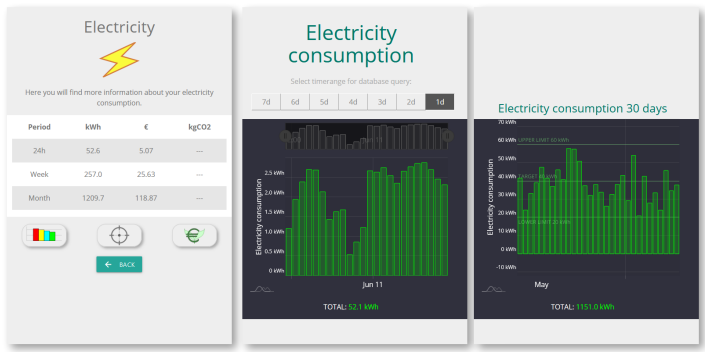
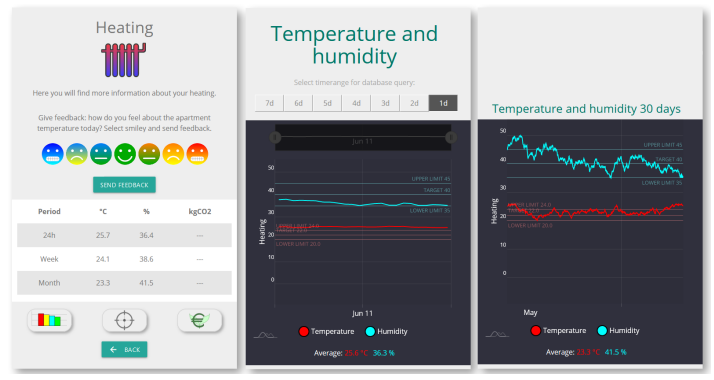
Image 1: Building-level electricity consumption
Image 2: Apartment-level temperature, humidity & thermal comfort
The first step is to learn the behaviour of the building and its 90 apartments. The initial version of the iFLEX Assistant has now been deployed in a pre-pilot where the goal is to collect data from the pilot building and validate initial assumptions and proof-of-concept implementations.
The next step is to evaluate the iFLEX Assistant’s capability to forecast the building’s district heating and electricity consumption. This includes execution of demand-response control actions for the building’s space heating system in order to validate the flexibility models of the iFLEX Assistant. During the pre-pilot, the project will invite a few interested residents of the pilot building to participate in the research by evaluating the iFLEX Assistant concept and user interface and providing feedback and ideas for further development.
Connect pilot building to large-scale flexibility platform
In the later phases of the project, the aim is to connect the pilot building into a large-scale flexibility management pilot hosted by the OneNet project. A central goal of OneNet is to provide a European-wide flexibility management platform for Distribution System OperatorsDistribution System Operators A nationally regulated party responsible for a stable distribution of electricity through the low-voltage electricity grid in a given area (operation, maintenance and development of the system). and TSOs.
Integrate more buildings with the help of iFLEX
In addition to the OneNet project, the goal is also to co-operate with the MAKING-CITY project. The aim is to integrate buildings located in the Positive Energy DistrictPositive Energy District An urban area which uses renewable energy to achieve annual zero energy import and zero carbon emissions. pilot of Oulu, Finland into the OneNet platform with the help of iFLEX Assistants.
The purpose of the planned co-operation with OneNet and MAKING-CITY is to demonstrate and evaluate how the iFLEX Assistants make it possible to utilise the thermal mass of buildings for the benefit of the distribution and transmission networks.











